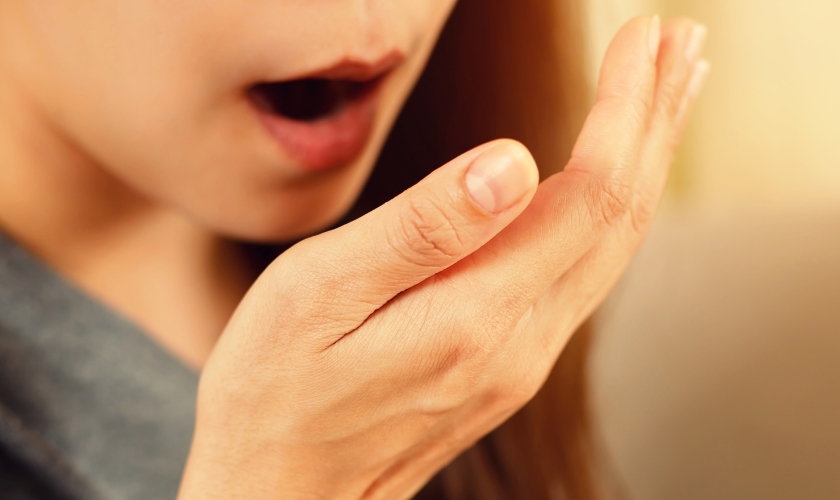
Bad breath, scientifically known as halitosis, can be an unwelcome concern, often leading to embarrassment and, in certain instances, anxiety. Despite the abundance of products lining store shelves aimed at tackling halitosis, it’s crucial to acknowledge that many of these solutions provide only temporary relief, addressing symptoms rather than the root cause.
Causes
Several factors contribute to halitosis, encompassing specific foods, underlying health conditions, and personal habits. While quick fixes like mints and mouthwashes may offer momentary respite, achieving lasting solutions requires delving into the root causes. Recognizing and comprehending these factors empower individuals to take effective measures for sustained oral freshness.
Symptoms
The manifestations of bad breath can vary, complicating self-assessment. Some individuals may harbor concerns about their breath without actual odor, while others may possess halitosis without being aware of it. Seeking feedback from close friends or relatives can help confirm or dispel concerns about bad breath.
Practical Self-Care Techniques
Initiating the journey towards improved breath often commences with consistent and proper dental hygiene. Simple self-care practices, including brushing teeth and tongue after meals, incorporating dental floss, and maintaining proper hydration, can significantly impact overall oral health. Lifestyle adjustments play a pivotal role in effectively combating bad breath.
Knowing When to Seek Professional Help
If bad breath persists despite trying self-care methods, it’s advisable to seek advice from a dentist, like Dr. Manju Kejriwal in Cincinnati. Dentists are equipped to assess oral health and can refer patients to physicians for further evaluation if necessary. Seeking prompt intervention is crucial to address any potential underlying conditions causing persistent halitosis.
Common Culprits of Bad Breath
- Food: The breakdown of food particles in and around teeth creates a breeding ground for bacteria, resulting in an unpleasant odor. Certain foods, such as onions, garlic, and spices, can also contribute to bad breath by affecting the bloodstream.
- Tobacco Products: Smoking and the use of oral tobacco not only produce distinct mouth odors but also elevate the risk of gum disease, a prominent source of bad breath.
- Poor Dental Hygiene: Inadequate brushing and flossing allow the persistence of food particles, leading to plaque formation. Untreated plaque can irritate gums and escalate into periodontitis. Ill-maintained dentures may harbor bacteria causing unpleasant odors.
- Dry Mouth: Reduced saliva production, known as dry mouth or xerostomia, facilitates the accumulation of odor-causing particles. Chronic dry mouth may be linked to salivary gland issues or certain diseases.
- Medications: Some medications indirectly contribute to halitosis by causing dry mouth or releasing chemicals affecting breath odor.
- Infections in the Mouth: Surgical wounds post-oral procedures, tooth decay, gum disease, or mouth sores can be contributors to bad breath.
- Other Mouth, Nose, and Throat Conditions: Small stones in the tonsils, infections, or chronic inflammation in the nose, sinuses, or throat may contribute to halitosis.
- Other Causes: Certain diseases, metabolic disorders, and chronic acid reflux (GERD) can produce distinctive breath odors. In young children, a foreign body, like a piece of food lodged in a nostril, may also be a contributing factor.
Understanding the nuances of bad breath and its potential causes empowers individuals to take proactive steps toward achieving not only fresher breath but also overall oral well-being. Seeking professional advice ensures a comprehensive evaluation and expert guidance toward sustainable solutions.




